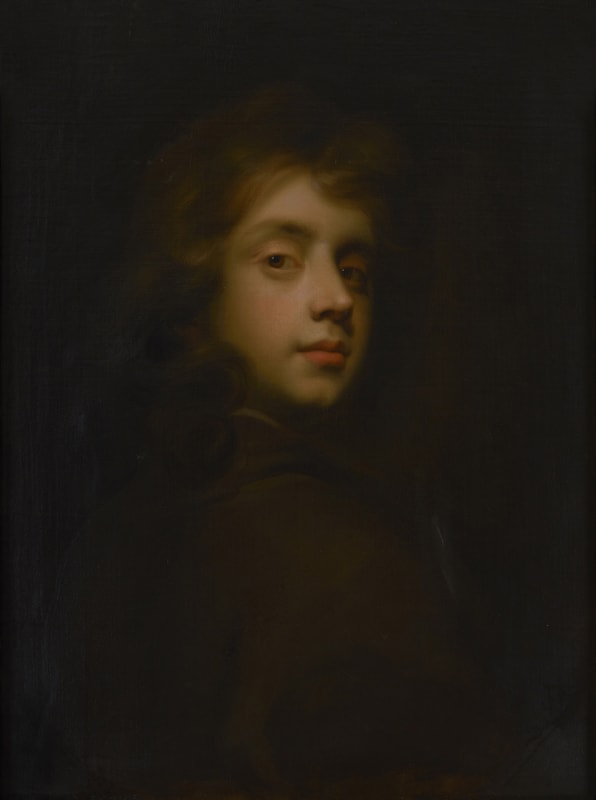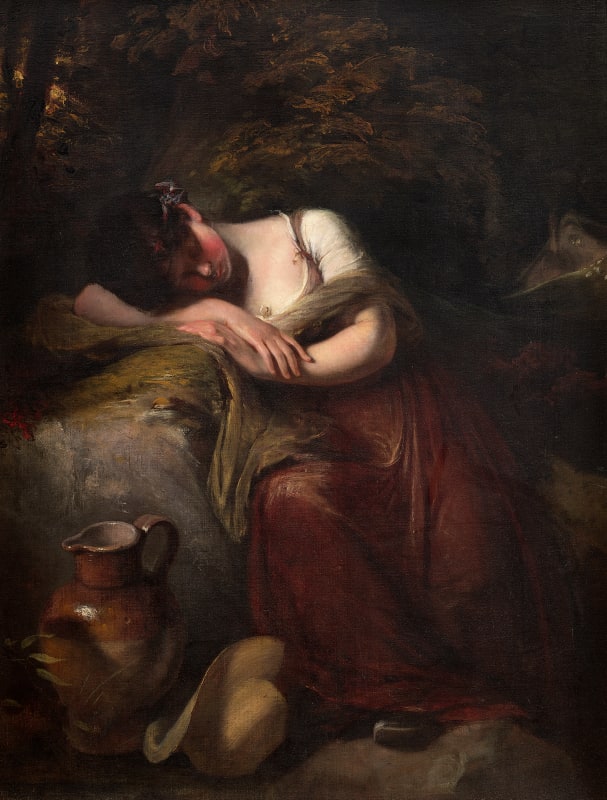Full Biography
John Closterman (also spelled Cloosterman, Klosterman) was born in Westphalia and is thought to have arrived in England in 1681, following the death of court painter Sir Peter Lely. Soon after his arrival Closterman was employed by John Riley as a drapery painter, although the existence of signed works by both artists during the 1680s suggests they also worked independently.
The demand for Closterman’s work soared following the death of Riley in 1691, pushing him further into the upper echelons of society, and by the late 1690s he appears to have enjoyed a position amongst the most distinguished literary and artistic circles.
By November 1698 Closterman was in Spain where he was patronised by the Spanish court and painted full-length portraits of Carlos II and Maria Ana of Neuberg. As is frequently seen throughout the history of travelling artists, Closterman, whilst looking for patronage, also acted as an agent for wealthy English collectors and did much to encourage the collecting of Old Master drawings in England.
John Closterman (also spelled Cloosterman, Klosterman) was born in Westphalia and is thought to have arrived in England in 1681, following the death of court painter Sir Peter Lely. Soon after his arrival Closterman was employed by John Riley as a drapery painter, although the existence of signed works by both artists during the 1680s suggests they also worked independently.
The demand for Closterman’s work soared following the death of Riley in 1691, pushing him further into the upper echelons of society, and by the late 1690s he appears to have enjoyed a position amongst the most distinguished literary and artistic circles.
By November 1698 Closterman was in Spain where he was patronised by the Spanish court and painted full-length portraits of Carlos II and Maria Ana of Neuberg. As is frequently seen throughout the history of travelling artists, Closterman, whilst looking for patronage, also acted as an agent for wealthy English collectors and did much to encourage the collecting of Old Master drawings in England.
After his return and up until his death in 1711, Closterman maintained a successful portrait painting practice and employed at least one assistant. Although in competition with great painters like Sir Godfrey Kneller and Jonathan Richardson, he seems to have been successful and he sustained an illustrious lifestyle. Closterman died in May 1711, not long after being robbed of his valuables by a devious mistress, an event which supposedly drove him into madness.
Philip Mould & Company have sold numerous works by Closterman, including a rare double portrait of the Dashwood Brothers and a fine portrait of Portrait of Isabella Willis, which is now considered a defining example of English late Baroque painting.









